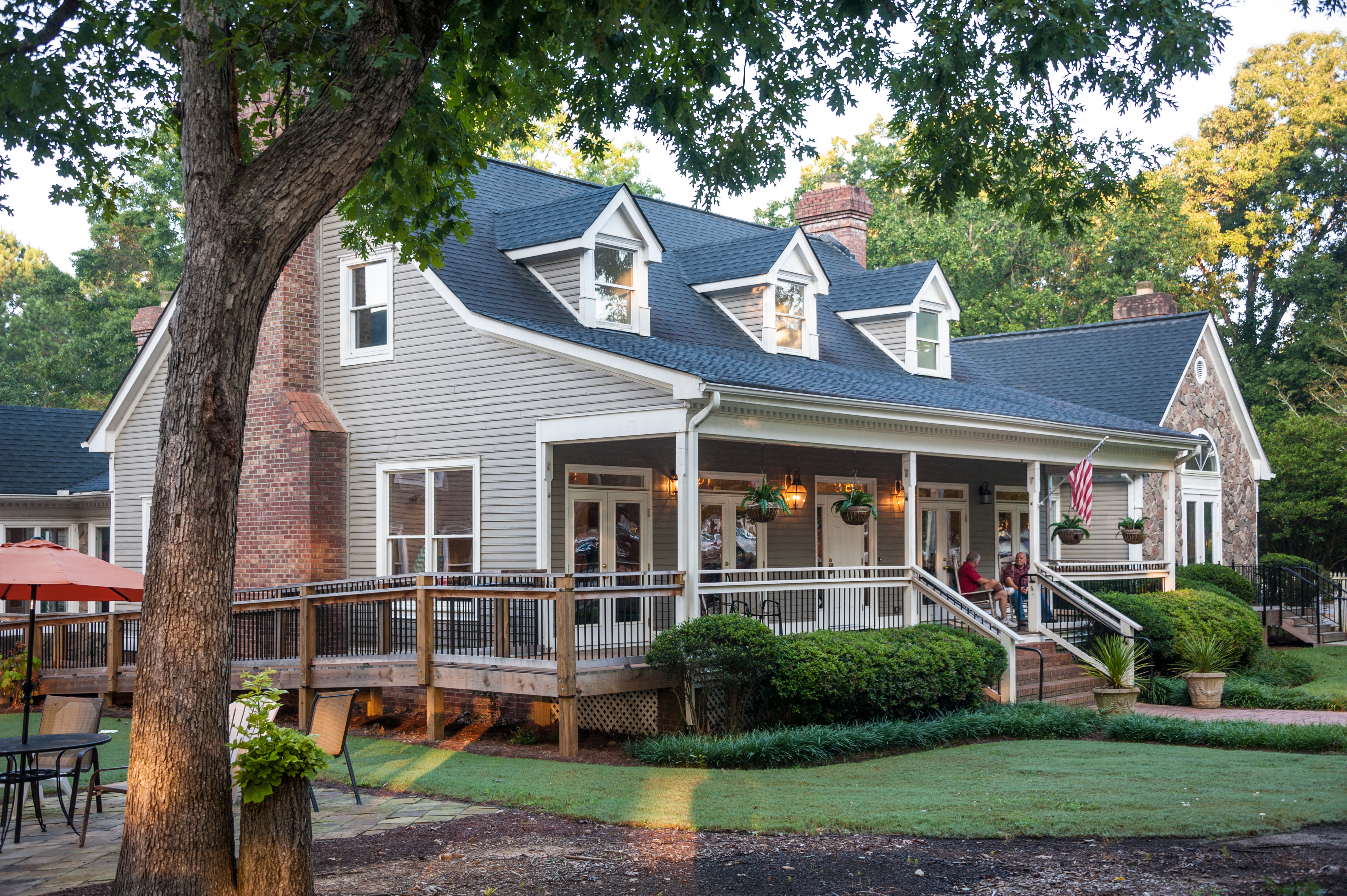Throughout history, saints and scholars alike have added “of Nazareth” after Jesus’ name to specify his identity. And so through this title, the small village where Jesus grew up and worked as a builder has achieved incredible fame. In the Gospels, however, Nazareth’s role is small compared to that of another town—Capernaum.
13 And leaving Nazareth he went and lived in Capernaum by the sea, in the territory of Zebulun and Naphtali, 14 so that what was spoken by the prophet Isaiah might be fulfilled: 15 “The land of Zebulun and the land of Naphtali, the way of the sea, beyond the Jordan, Galilee of the Gentiles— 16 the people dwelling in darkness have seen a great light, and for those dwelling in the region and shadow of death, on them a light has dawned.”
Matthew 9:1 (ESV)
1 And getting into a boat he crossed over and came to his own city [Capernaum].
He established a pattern for both family and mission that continues to influence the life of the Church today.
Capernaum and Family
Jesus’ first four disciples—Peter, Andrew, James, and John—were fishermen from Capernaum, and the home of Peter was, most likely, the headquarters of Jesus’ ministry. There, Jesus healed Peter’s mother-in-law of a fever so that she could serve even as multitudes gathered by the door to be delivered by the Lord (Mk. 1:29-32). This miraculous healing most likely tempered some of her shock when a handful of friends tore a hole in the roof so they could lower their paralyzed companion into the presence of Jesus (Mk. 2.1-12).
In those days, most families—particularly those of the lower classes—lived in an insula. This type of structure was similar to a modern day apartment complex where multiple families shared walls with one another (see Figure 1). This resulted in constant interaction with the surrounding community. In Capernaum, this interaction was only enhanced by the fact that the local synagogue was only 100 yards to the west of Peter’s home. Between the home and the synagogue, Jesus maintained a regular rhythm of interaction with the people there (Mk. 1:21, John 6:59). Even though he often ventured into the surrounding areas for ministry, he would return to Capernaum to rest, recharge, and continue working.

Figure 1: Excavation of the insula in Capernaum. It is believed that several of the square rooms in this photo made up Peter’s home.
Figure 1: Excavation of the insula in Capernaum. It is believed that several of the square rooms in this photo made up Peter’s home.
These distinct geographical and architectural characteristics of Capernaum guaranteed that Jesus’ extended “family” of followers—including his disciples—could easily gather, interact, and minister to those who had not yet experienced the Good News of the Kingdom of God. The revolutionary nature of Jesus’ unique “household” (or, in Greek, oikos) would be constantly lived out publicly in the town.
Capernaum and Mission
In addition to being a hub for Jesus’ community, Capernaum was a crossroads for his mission to announce and display the Kingdom. The town was located along the ancient Via Maris (“Way of the Sea,” see Matt. 4:15), which meant that the stories of Jesus’ miracles in Capernaum could spread rapidly among journeyers passing between Africa, Asia, and Europe. News from Capernaum traveled quickly. Furthermore, Capernaum was known for its commerce in fish, its religious fervor (the synagogue there is still the largest excavated in Galilee), and its proximity to the borders of several territories of the Roman Empire (See Figure 2).

Figure 2. Notice Capernaum’s position compared to that of Nazareth in relation to the Sea of Galilee and the border of Roman territories (marked by the gray and yellow shading). Also, the Via Maris connecting Egypt to Europe and Asia would have skirted the west bank of the Sea of Galilee, passing through Capernaum.
Figure 2. Notice Capernaum’s position compared to that of Nazareth in relation to the Sea of Galilee and the border of Roman territories (marked by the gray and yellow shading). Also, the Via Maris connecting Egypt to Europe and Asia would have skirted the west bank of the Sea of Galilee, passing through Capernaum.
These factors explain why Jesus interacted with people from so many different spheres of society in Capernaum. Jairus—whose daughter Jesus raised from the dead—was the leader of the synagogue (Mk. 5:41-42). Jesus also healed the son of the Roman centurion in Capernaum, who was probably stationed there with an outpost of soldiers to keep the peace (Matt. 8:5-13). Levi, who most likely collected taxes from those passing between territories, opened the door for Jesus to engage with other “tax collectors and sinners” in Capernaum (Mk. 2:14-15).
Jesus’ choice of a home base fulfilled Isaiah’s prophecy that the Messiah would bring light to “Galilee of the nations” (9:1). He strategically positioned himself among the lost in a town where each testimony would resound through the world. In an unexpected twist, even though Jesus launched a movement that would change the world from Capernaum, many in that city were unfortunately unable to recognize the coming Kingdom of God (Matt. 11:20-24).
Other Home Bases in Christian History
Throughout history, missionally-minded believers have seen the example of Jesus and recognized the need to establish a robust home base for ministry where their family on mission can thrive.
- During the evangelization of Europe in the Dark Ages (500-1000 A.D.), the monastery became the preferred home base of the Church. These monasteries were built primarily in unreached or uncultured areas and were centers of spiritual life and prayer as a spiritual family. At the same time, the monks there were committed to cultivating the land for their livelihood, which brought them into close contact with the surrounding communities and facilitated natural, organic mission.
- When the Franciscan monks aimed to reach the Mongols in Asia with the Gospel in the 1300s, they adapted to the nomadic culture of the steppes by adopting Mongolian wardrobe, putting their sacraments and altars onto wagons, and creating, in effect, a “portable” home base that moved with the people they intended to engage.
- For the last 50 years, the evangelical Church in China has been illegal and, therefore, underground. Because of this, vast networks of house churches have been developed. Most of these Chinese homes, however, are found in apartment buildings, which means their home bases often have much more in common with Peter’s home in the insula at Capernaum than our own in America.
Home Bases Today
The place that we dwell is one of the biggest missional tools one can have.
Perhaps the most important question from these observations for us is: “Where is our home base?” and “Who is our extended family?” For some, our home base will be much like that of Jesus, located in a house belonging to one of the people in our community. Maybe it’s our own home (after we work though that it doesn’t need to be perfect all the time). Others of us will need to innovate, finding a park or a restaurant or using the 1123 House (which we invite everyone to use as much as possible) to serve as a hub for our extended family on mission. It is even possible that our current living situation puts us so far from a potential or strategic home base that we may need to consider relocating! Most often though it’s something we are already doing and we just need to be more intentional and more present in that place we already are dwelling. We are all hard-wired for this type of community.
Once we’ve identified our own “Capernaum,” however, we can be free to press onward to the even more challenging yet rewarding work of integrating our home base with the community and mission to which God has called us. If you are looking for some help in clarifying this for your family, search for the Family on Mission class on Wednesday nights this fall. May discipleship and miracles flourish outward from a healthy home base!

